The early Yeti race bikes were know for many things, excellent handling, bulletproof construction unique style and rather unfortunately their considerable weight. The development of the C-26 one of their first attempts at shedding weight. According to John Aluminum was always the goal, although many others contend that John said he’d never build a bike out of Aluminum. I’m sure the truth is out there in the middle. Anyways, according to John he once did some fabrication on a mast for an America’s cup mast made out of work hardened, marine grade aluminum. It was this type of alloy that he sought to get from Easton. However in 88/89 Easton didn’t really have anything to offer, or they didn’t want to pursue any development. John met Chuck Texiera and Chuck told him about the new C9 alloy they were working on. Long story short the C-26 was born. Julie won the World’s and John rode drops to respective finishes in 1990. Following the success of the C-26 at the 1990 worlds and probably due to the investment it took to develop it Easton wanted to make bikes out of C-9. Based on my conversations with Parker he felt that the production process, or least the production process they implemented at Yeti was too toxic and the resulting bikes were not strong enough to be sold to customers. It looks like the 90s saw the opinion flip, Parker said he’d not build and Aluminum bike and Easton flipped and made a new lightweight, easy to weld Aluminum tubeset called the Program 7000 or eventually the 7005 series or Vari Lite.
Sometime around 1990 a tubeset arrived at Yeti HQ and while Parker was away FTW welded up the first alloy Yeti, not yet the A.R.C.. Apparently Parker was livid and fired Frank on the spot. Luckily MBAs Zapata Espinoza saw the bike and convinced John that it was the wave of the future. Frank got his job back and the Yeti A.R.C. was born.
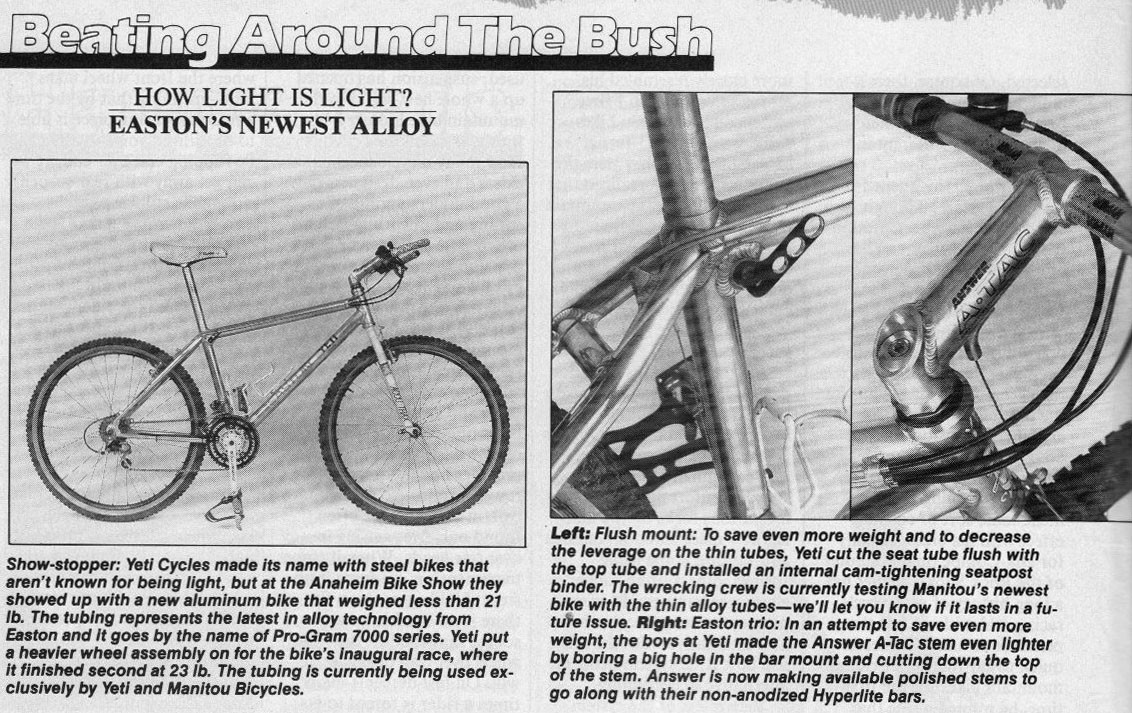
The first Yeti alloy bike as featured in MBA.
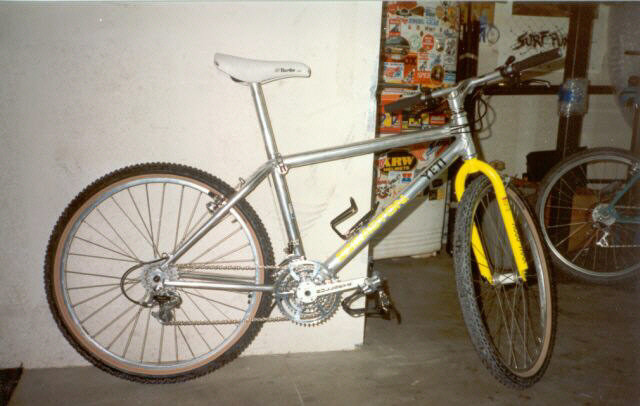
This is a bike I would love to find. Sadly it’s changed hands several times and I have not been able to track it down.
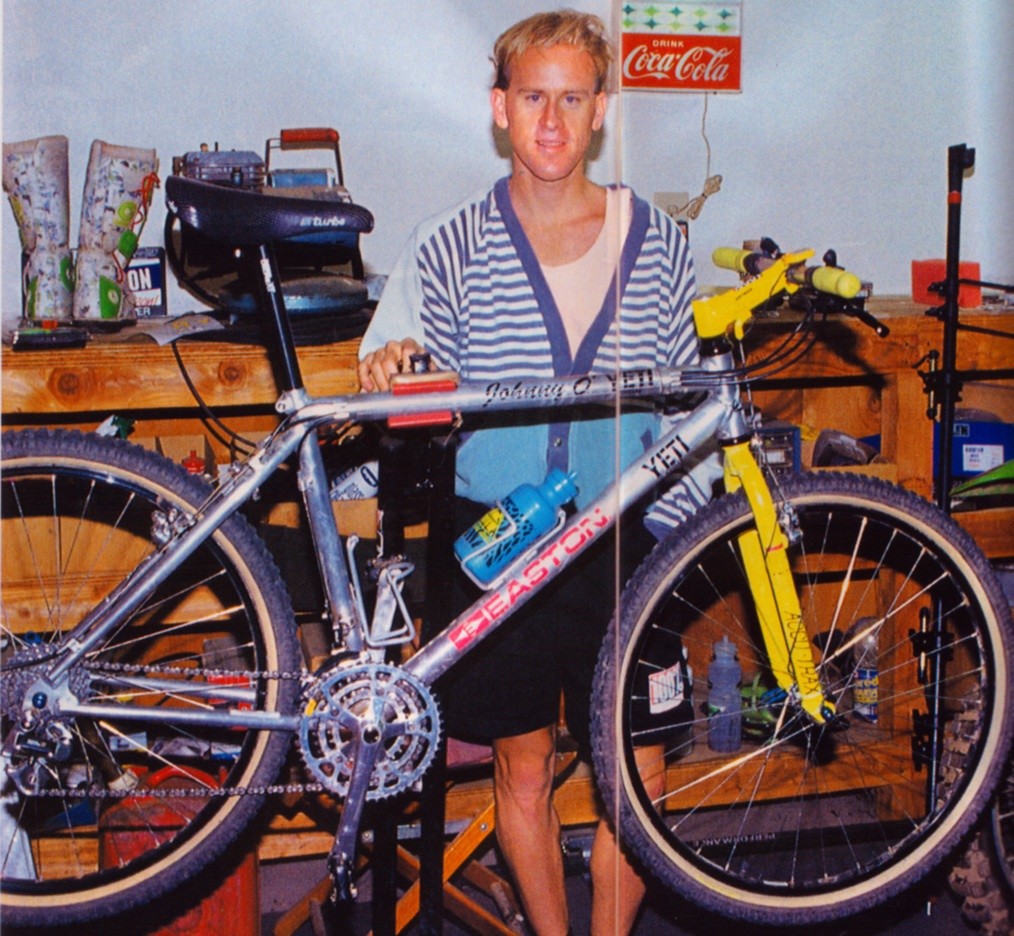
A second prototype was built and tested by Johnny O’Mara
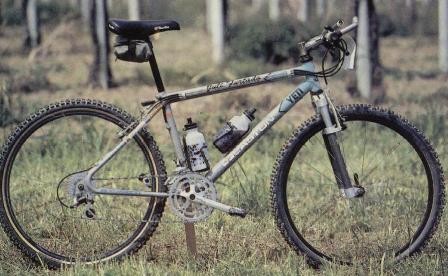
As featured on the site Juli Furtado received one of the next prototypes to race on during the 1991 WC season, this was the first alloy Yeti to feature the looptail. A second frame was made and was ultimately cut up during the development of the A.R.C.-AS. Ironically the bike still wasn’t called the A.R.C. throughout the 1991 season. That name only came in 1992 when it was released to the public.
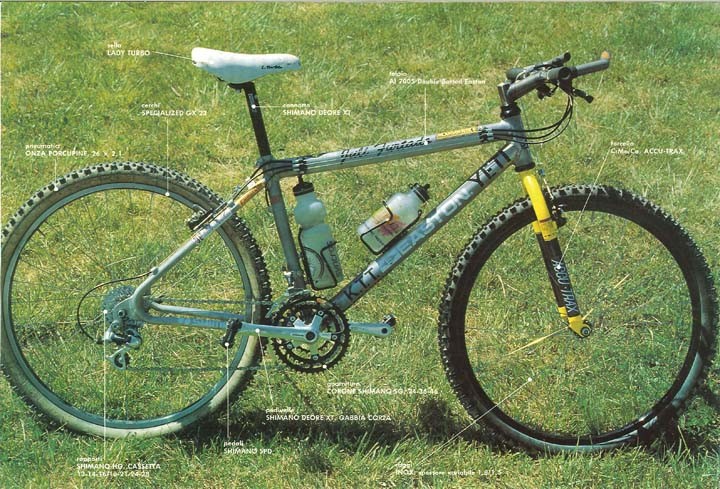
Interesting photo of the same bike but featuring one of the widowmaker carbon Accutrax forks. I don’t believe it was actually raced with this fork, at least not by Juli.
By the second half of the 91 season Julie received a new bike which was much representative of the final configuration. This final iteration of the A.R.C. prototype development saw the introduction of the classic oval top tube and a refined though no yet final version of the trademark loop stay.
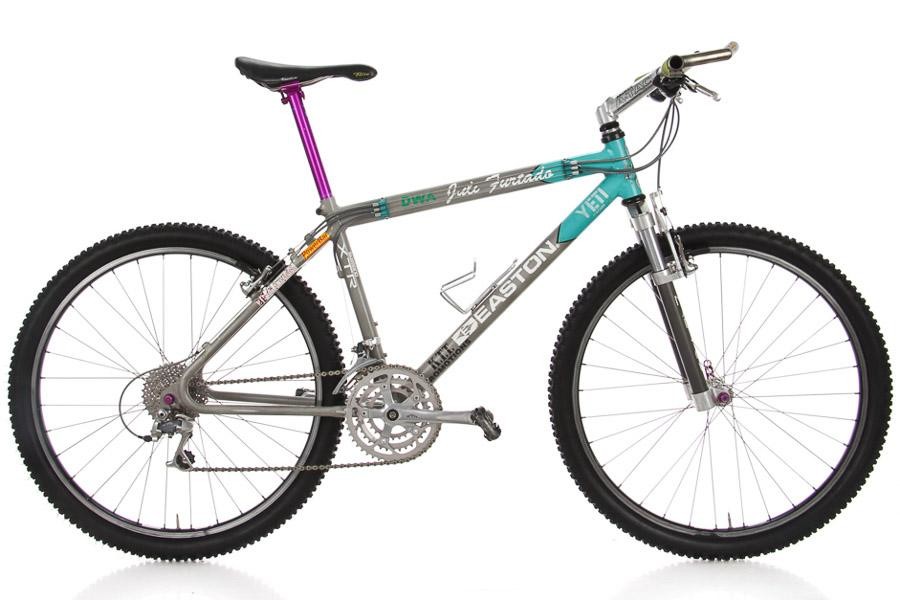
Photo courtesy of The Pro’s closet
The final pre-production bikes, finally called the A.R.C. were released in late 1991, early 1992 and for all intents and purposes were the same as the bike you and I could buy. Minor changes like cable stops and decal design in addition to refined welds and manufacturing processes were all that changed before the full on production started.
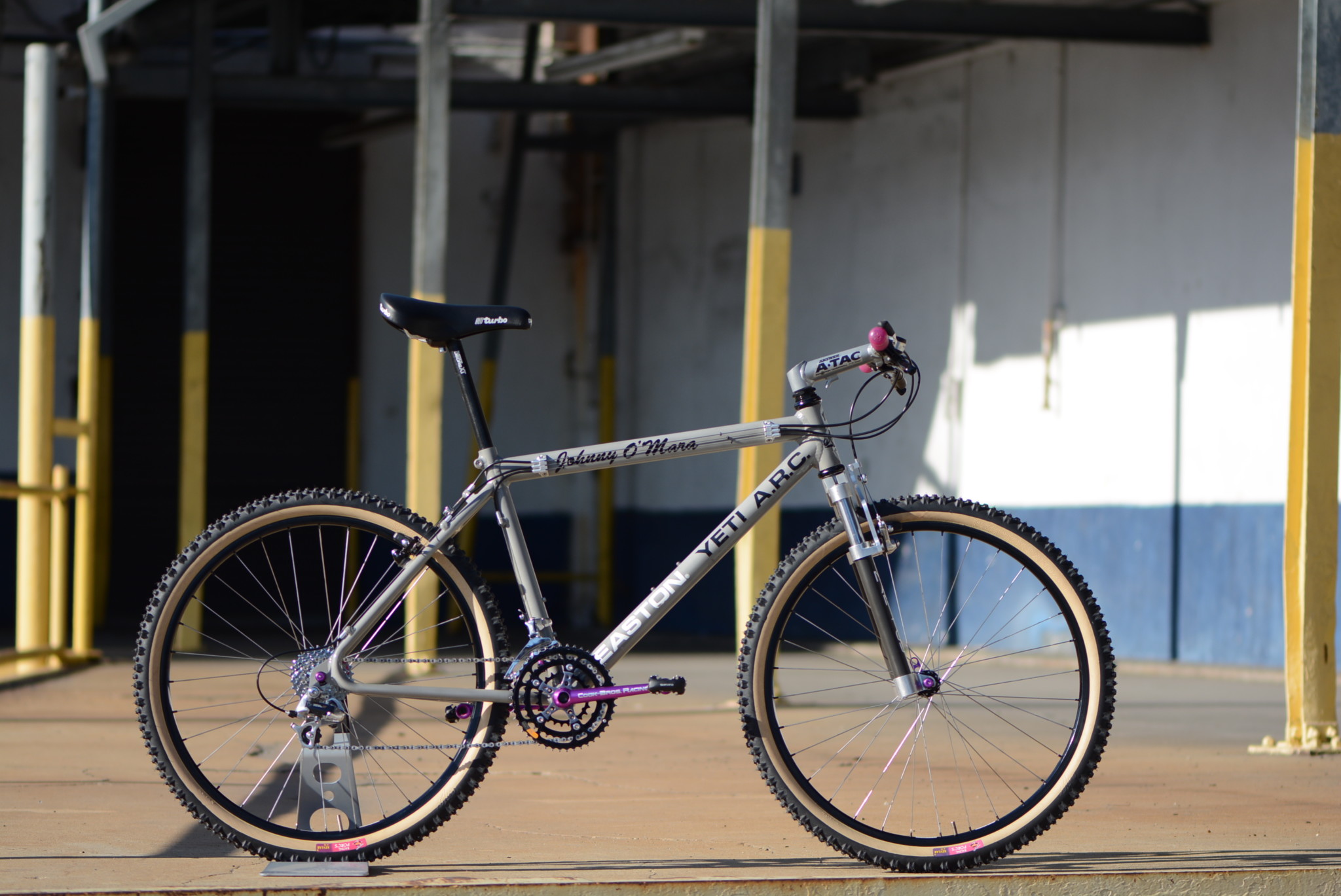
This was one of final revisions of the A.R.C. development. The bike featured above is also featured on the site and was one of the test bikes belonging to Johnny O’Mara.
Completed Projects:
Current Projects:
Newsletter sign up:
Subscribe to our newsletter to receive info on our latest projects and new podcast releases
